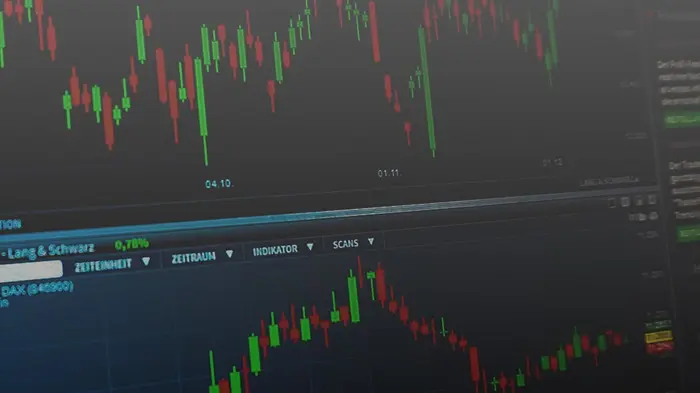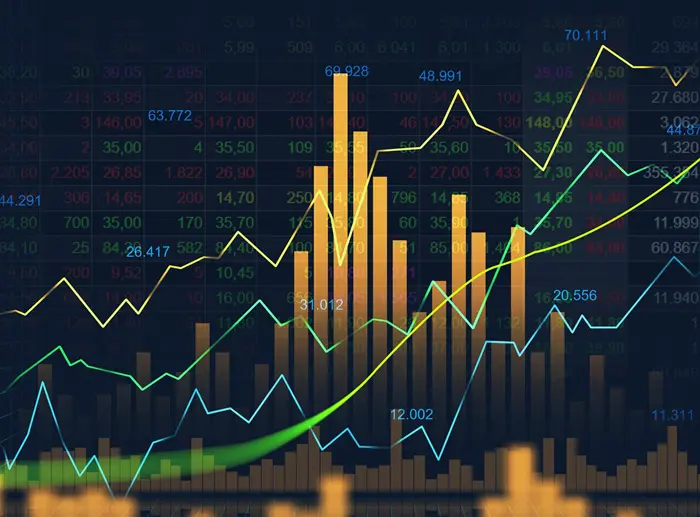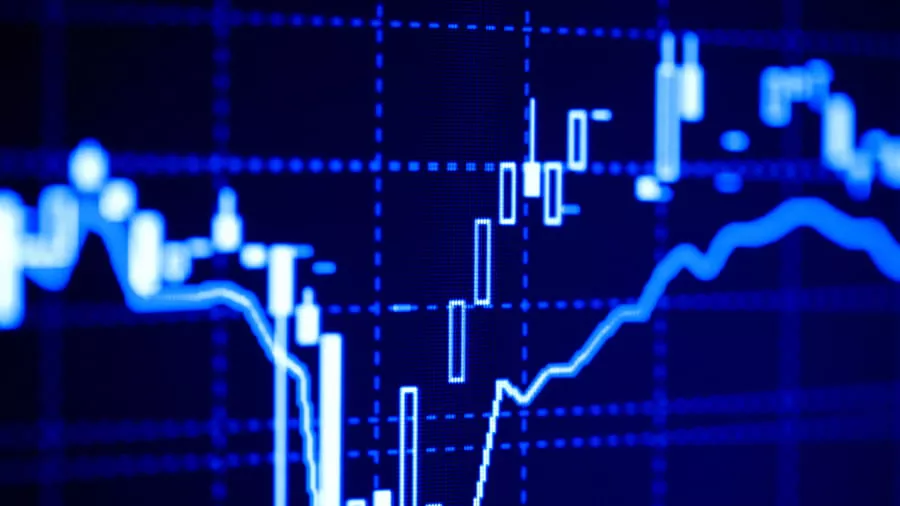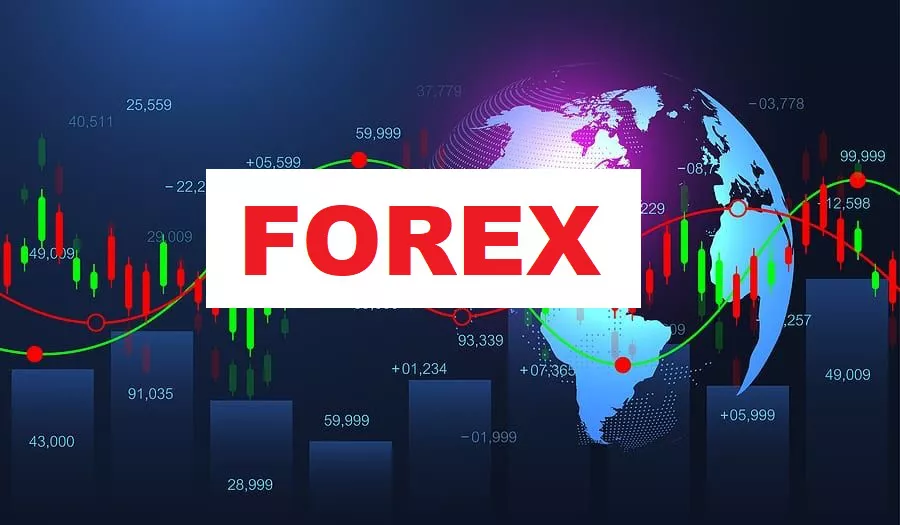Global equities surged more than 1% on Thursday, following a surprising drop in U.S. unemployment claims that alleviated recession fears and drove up Treasury yields and the U.S. dollar. Oil prices also continued their upward trajectory, supported by supply risks in the Middle East, despite earlier demand concerns that had pushed prices to their lowest levels since early 2024.
U.S. Labor Market Data
The U.S. Labor Department reported that initial claims for state unemployment benefits fell by 17,000 to a seasonally adjusted 233,000 for the week ending August 3. This decrease, the largest in approximately 11 months, was lower than economists’ expectations of 240,000. The data comes in the wake of a weaker-than-expected jobs report for July, which had contributed to a global market rout earlier in the week.
The recent sell-off was partly driven by investors unwinding carry trades—borrowing cheaply in Japan to invest in higher-yielding assets—leading to significant declines in Japanese stocks and the S&P 500.
Wall Street’s Recovery
On Thursday, U.S. markets rebounded strongly. The Dow Jones Industrial Average rose 683.04 points, or 1.76%, to 39,446.49. The S&P 500 gained 119.81 points, or 2.30%, to 5,319.31, and the Nasdaq Composite increased 464.22 points, or 2.87%, to 16,660.02. Tony Roth, Chief Investment Officer at Wilmington Trust, noted that the reaction to the jobless claims data was amplified, attributing it to the current high-volatility environment.
Roth acknowledged that while jobless claims are significant, any single data point is minor within the broader dataset. He emphasized that the latest data, combined with a better-than-expected services sector survey earlier in the week, suggests that the July report might have been an anomaly.
Future Market Volatility
Despite the positive movement, strategists warn of potential volatility ahead. Irene Tunkel, Chief U.S. Equity Strategist at BCA Research, highlighted several factors contributing to uncertainty, including upcoming U.S. elections, heightened geopolitical tensions, and fluctuating economic data.
European and Global Indices
In Europe, the STOXX 600 index closed up 0.08%. MSCI’s global equities gauge increased 1.48% to 782.10. Prior to Thursday, this global index had experienced 16 daily movements of 1% or more, while the S&P 500 had recorded 32 such fluctuations this year.
Currency and Bond Markets
In currency markets, the U.S. dollar index, which measures the greenback against a basket of currencies including the yen and euro, rose 0.09% to 103.20. The euro fell 0.04% to $1.0917, while the dollar strengthened 0.3% against the Japanese yen to 147.13.
U.S. Treasury yields also rose following the unemployment claims data. The yield on the benchmark 10-year Treasury note increased 2.1 basis points to 3.988%, and the 30-year bond yield rose 1.6 basis points to 4.2775%. The 2-year note yield, reflecting interest rate expectations, climbed 2.9 basis points to 4.0297%.
Energy and Precious Metals
In energy markets, U.S. crude oil settled up 1.28% at $76.19 per barrel, while Brent crude finished at $79.16 per barrel, up 1.06%. In precious metals, spot gold rose 1.78% to $2,423.87 per ounce, and U.S. gold futures increased 1.25% to $2,420.50 per ounce.
Related topics:

























